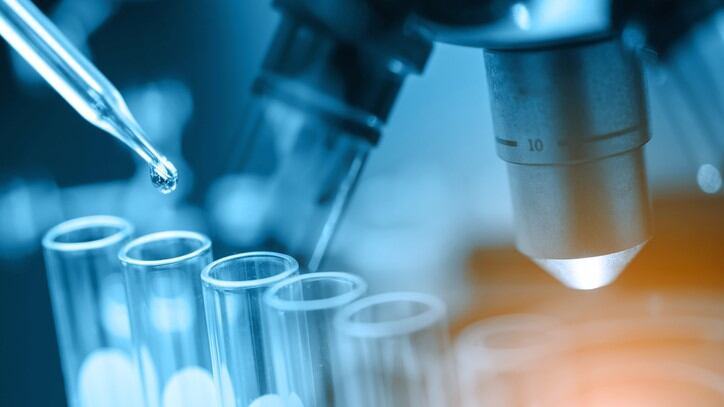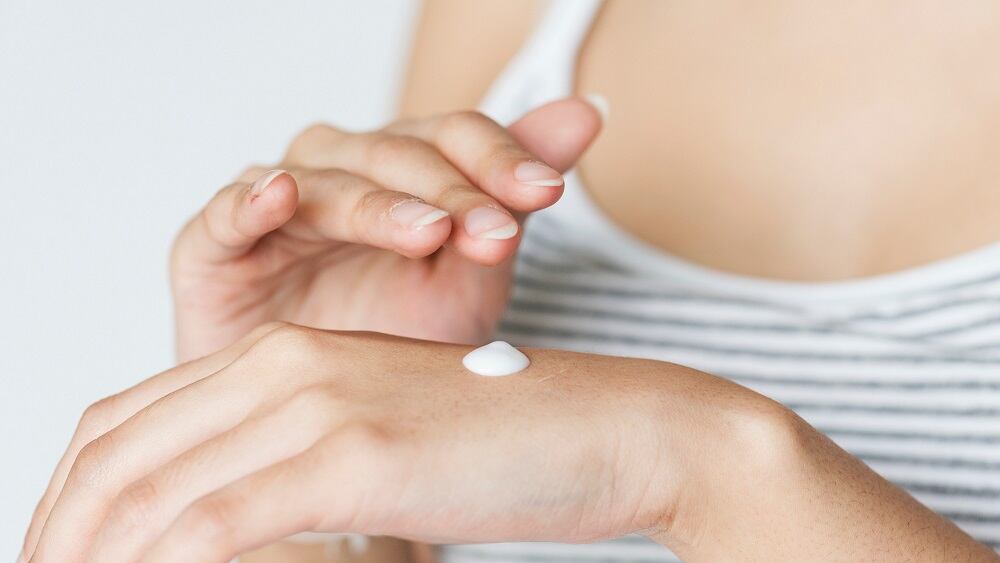Denova Sciences is a spin-off from Nanyang Technological University (NTU). The company was founded by a team of researchers from NTU’s School of Biological Sciences who saw a growing demand for in-vitro skin models almost a decade ago.
Tan Ming Jie, Chief Scientific Officer and co-founder of Denova Sciences stressed that were tremendous differences between ethnicities down to a cellular level.
“A lot of products today are tested on Caucasian skin, but if you want to produce products for Asians, you have to test on Asian skin. This is because the metabolism of the cells differs from ethnicity to ethnicity.”
While there are many larger companies in the same field, Denova Sciences is aiming to differentiate itself from the competition by offering Asian-derived skin models for testing.
More specifically, the company wants to focus on ethnic Chinese and Malay skin as it will allow them to tap into large markets like China and Indonesia.
“We realised there was potential in [focusing on Asian skin]. We’re not here to fight with the big companies in Europe who are much better funded. We want to be the one-stop solution for R&D testing in Asia. If someone wants to develop Asian-specific products, they can come to us,” said Tan.
Tan revealed that the company will be expanding its business in to China through a joint venture with an American firm.
The move to China will be Denova Sciences’ first step overseas. Moving forward, it hopes to get more support to move into Malaysia so it can tap into the larger source of skin and capitalise on the growing halal cosmetics market.
“Singapore will be an R&D hub for us because there’s a lot of good research going on here, but we might step out into Malaysia because of the population and the skin source,” said Tan.
Print your own organs
Recently, Denova Sciences successfully utilised 3-D printing to manufacture skin models.
Tan explained that bioprinting can help create more complex models of skin that cannot easily be done by hand, such as wrinkled skin or diabetic skin.
However, Tan admitted that there are still challenges related to bioprinting and said in some ways, it was more difficult to use a bioprinted organ for testing compared to transplantation.
“You can print liver cells, but it doesn't mean they are functional. If you put it into a human body, it will be moulded to the body because there's a synergistic interaction between cells in the environment. If you create it as a platform for the purpose of testing, you must create a similar environment to make it functional.
“That is the real challenge with bioprinting – anything you print must resemble the real thing physiologically and functionally.”
Tan claimed that the model the company has successfully print has been successful in terms of functionality. However, he believes it still needs to undergo more testing.
“We're investigating and looking at how to fine-tune the printing process to make it functionally even better than the ones in the market now,” he said.
Despite the complexities of bioprinting, Tan sees a lot of potential in the technology and its applications.
“I foresee that in the next few years, once the kinks have smoothened out, it will be faster, cheaper and can reduce the manpower required to create the skin model. To create the individual skin model manually is quite taxing. It will be better to replace with the machine and make it more reproducible.”
In the future, Denova Sciences is looking at bioprinting organs such as skin, liver, lungs and intestines for the purpose of both cosmetic and pharmaceutical testing.
By producing functional models of these organs, Tan hopes to be able to investigate how cosmetic ingredients affect the body. He emphasises that this is a grey area with little to no definite answers.
"There could be a correlation between hypertension and diabetes to both food nutrition and cosmetics. I want to know if ingredients or preservatives can get though the endovascular system, go into the bloodstream, travel along the veins and stick to the walls of the veins. This is a key thing I want to know, and we can use this in-vitro system to find out.”





